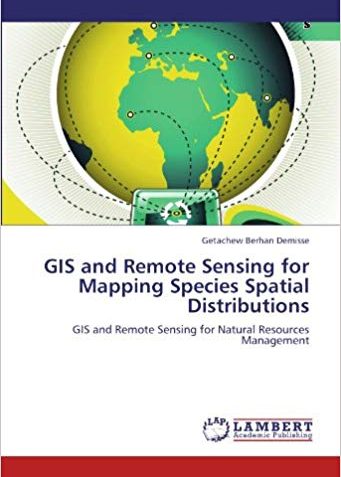
The aim of this study by Getachew Demisse was to contribute to a better understanding of dry land woody species biodiversity and to test if woody species biodiversity assessment can be performed using remote sensing and geostatistics.
| STORE LOGO | DATE | PRICE | SHIPPING | LINK |
|---|---|---|---|---|
 |
November 18, 2018 | $67.00 | Free | Visit Store Website |
Relatively little attention is currently given to the issue of biodiversity loss in savannah ecosystems and only a limited range of methods have been developed for the assessment and management of this issue. The aim of this study was to contribute to a better understanding of dry land woody species biodiversity and to test if woody species biodiversity assessment can be performed using remote sensing and geostatistics. The research was undertaken on an experimental site in the Serowe area, Botswana. A total of 169 sample plots were collected and analyzed. An importance value index (IVI), which is the summation of relative frequency, relative density and relative basal area, was used to select the dominant species of the area. The applicability of IKONOS imagery data and geostatistical techniques for savannah woody species biodiversity assessment were tested. A total of 33 woody species, which belong to 25 genera and 18 families, were identified. Two vegetation types were identified: dense savannah (SAD) and open savannah (SAO). The tree stems density was significantly higher (t-test, t=-4.39, d.f=167, p>0.001) in SAD than in SAO. According to the IVI criteria, the dominant species.